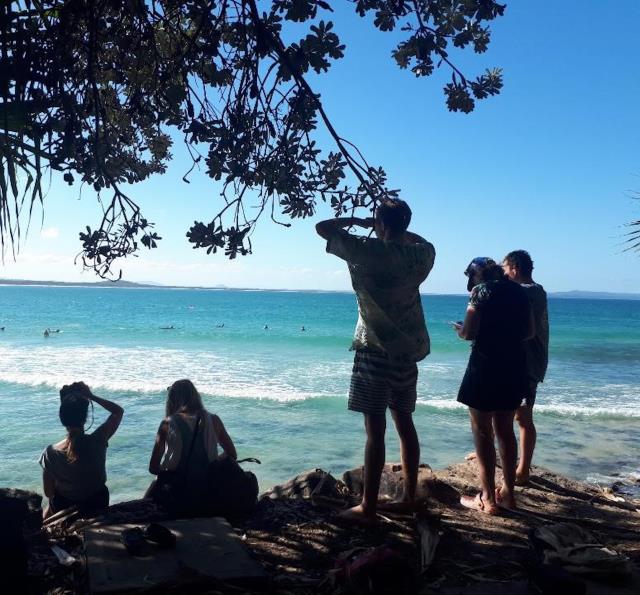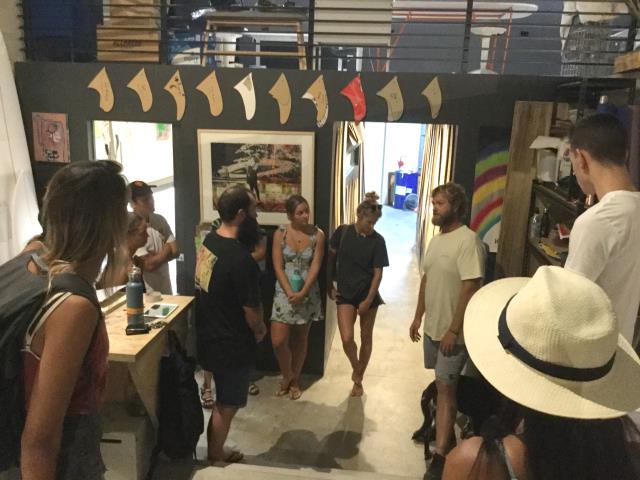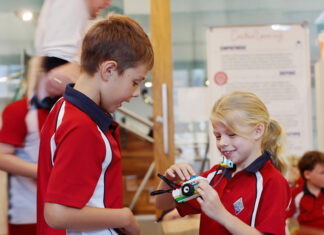Putting a monetary value on a natural recreational asset – in this case a World Surfing Reserve – sounds simple, but in fact it has confounded statisticians and academics for decades.
But a soon-to-be-published Noosa-based study, led by University of Sunshine Coast researcher Dr Javier Leon, has taken the science a giant step forward. The preliminary findings of the study point to total direct expenditure in the order of $40-50 million a year by surfers using the Noosa World Surfing Reserve, which includes all beaches and points from the river mouth to North Sunshine Beach.
The study also calculated the “consumer surplus” – a common economic tool used to value things that have no apparent market value – that ranged between $35-61 per person per surf trip. It is believed to be the first study dedicated to understanding consumer surplus derived exclusively from recreational surfing in Australia.
To put this in context, consumer surplus for NWSR is higher than most other results reported from studies looking at beach recreation, including swimming, fishing and relaxation. Since the study also found that 83 per cent of surfers surveyed were local to Noosa Shire, this represents a significant and hitherto unrecognised economic benefit beyond the well-documented financial benefit of the annual Noosa Festival of Surfing.
Data was collected by USC researchers as part of Dr Leon’s Geography of Surfing course. More than 130 surfers participated online and face-to-face, answering 33 questions about their surfing preferences and habits. Preliminary results have been analysed by a multi-disciplinary team with researchers from USC, ANU, UWA and CSIRO.
Over and above the travel costs of surfing in the NWSR, the survey found that average annual purchases of surfing gear accounted for $1300 per surfer, mainly driven by surfboards, wetsuits, clothing and other surf accessories, such as leg ropes and wax.
The survey also found that surfers earning more than $60,000 surfed in Noosa 1.7 times more in a year than other surfers, and the age groups of 25-34 and over 55 surfed here 1.6 times more than other age groups.
Says Dr Leon: “These and other findings of the study are a significant start to understanding the total value of surfing to local and regional economies. More research is needed to better estimate how many surfers visit NSWR and to include other social and cultural benefits.”
The paper, titled Non-market valuation of recreational surfing: A novel application of the travel cost method to the Noosa World Surfing Reserve, Australia, is expected to be published before the end of summer.









